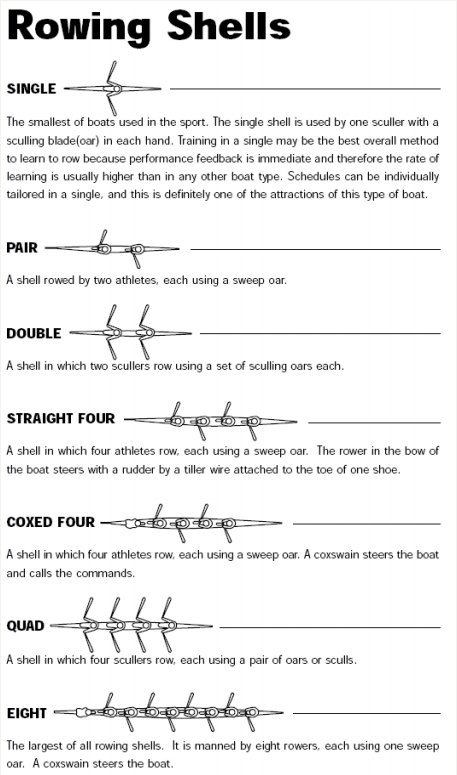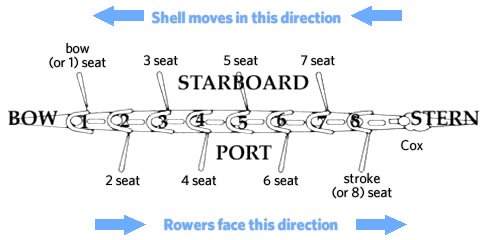In the world of rowing, particularly in youth competitions, weight plays a significant role. Understanding the policies and regulations set forth by governing bodies like USRowing is crucial for athletes, coaches, and parents alike. In this article, we'll dive deep into USRowing's youth lightweight policies, shedding light on weight limits, regulations, and their implications for young rowers.
The Lightweight Category: What You Need to Know
The lightweight category in rowing is designed to create a level playing field for athletes of varying body types. Unlike heavyweight rowers, who have no weight restrictions, lightweight rowers must meet specific weight criteria to compete in designated events. These weight restrictions aim to ensure fairness and prevent any undue advantage based on body size or weight.
USRowing Youth Lightweight Policies
USRowing, the national governing body for rowing in the United States, sets forth policies regarding lightweight rowing for youth athletes. These policies outline the following key points:
Weight Limits: Youth lightweight rowers must weigh no more than a specified weight limit to compete in lightweight events. USRowing establishes these weight limits, which vary based on factors such as age, gender, and boat class.
Weigh-In Procedures: Prior to races, lightweight rowers undergo weigh-ins to ensure compliance with weight limits. USRowing mandates specific weigh-in protocols to maintain fairness and accuracy in the process.
Consequences of Non-Compliance: Rowers who exceed the designated weight limit are ineligible to compete in lightweight events. Understanding the consequences of non-compliance is essential for athletes and coaches to avoid disqualification from races.
Navigating the Weight Limit Maze
For young rowers aspiring to compete in lightweight events, navigating the weight limit maze can be both challenging and rewarding. Here are some tips for success:
Prioritize Health: Maintaining a healthy weight is paramount for youth athletes. Instead of fixating solely on meeting weight limits, focus on overall wellness, including proper nutrition, hydration, and physical fitness.
Consult with Coaches and Nutritionists: Seek guidance from experienced coaches and nutrition experts who can provide personalized advice and support. Developing a well-rounded approach to training and nutrition is key to optimizing performance while staying within weight limits.
Stay Informed: Stay abreast of USRowing's latest policies and updates regarding lightweight rowing. Understanding the rules and regulations ensures compliance and minimizes the risk of disqualification.
Embrace the Challenge: Lightweight rowing presents a unique challenge that requires discipline, dedication, and perseverance. Embrace the opportunity to push your limits, both physically and mentally, as you strive for excellence in the sport.
USRowing's youth lightweight policies serve as a cornerstone of fairness and equality in the sport of rowing. By adhering to established weight limits and regulations, young rowers can compete on a level playing field while honing their skills and striving for success. With a holistic approach to training, nutrition, and compliance, aspiring lightweight rowers can unlock their full potential and achieve their goals on the water.


